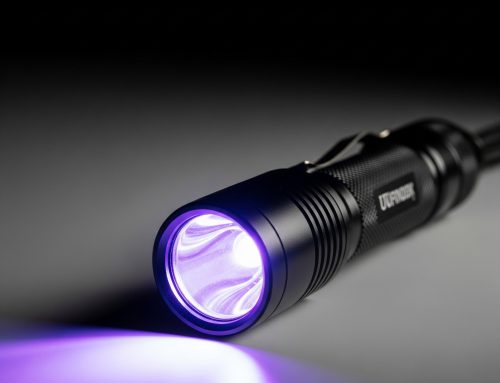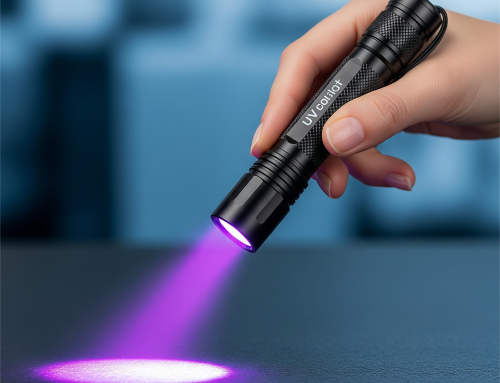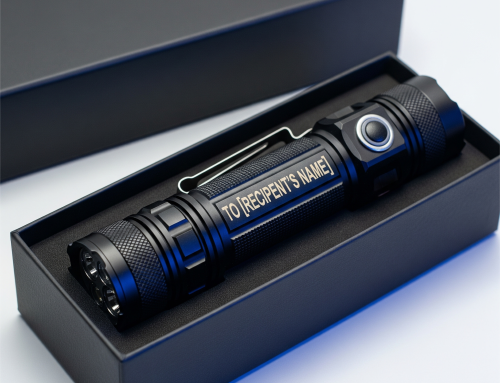Ultraviolet (UV) light, while often associated with sunburns, also has important applications in dermatology. Dermatologists use UV light, including that from UV flashlights, for both diagnostic and therapeutic purposes.
Diagnostic Uses
- Pigmented Lesions:?UV light can help differentiate between benign and malignant pigmented lesions. For instance, some types of skin cancer, like basal cell carcinoma, may fluoresce differently under UV light compared to benign moles.
- Fungal Infections:?UV light can be used to detect fungal infections, especially those affecting the skin. Certain fungi fluoresce when exposed to UV light.
- Eczema and Psoriasis:?While not specific, UV light can sometimes highlight areas of inflammation in conditions like eczema and psoriasis.
Therapeutic Uses
- Photodynamic Therapy:?In combination with photosensitizing agents, UV light is used in photodynamic therapy to treat various skin conditions, including actinic keratosis (precancerous skin growths) and certain types of skin cancer. The photosensitizing agent makes the targeted cells more sensitive to light, leading to their destruction.
- Vitamin D Synthesis:?Controlled exposure to UV light is essential for the body to produce vitamin D, a vital nutrient for bone health. However, excessive exposure can lead to skin damage.
Types of UV Light Used in Dermatology
- UVA:?UVA rays penetrate deeper into the skin and are associated with tanning and premature aging. They are often used in combination with photosensitizing agents for photodynamic therapy.
- UVB:?UVB rays are primarily responsible for sunburns and play a role in the development of skin cancer. UVB is used in the treatment of certain skin conditions, including psoriasis and vitiligo.
Safety Considerations
- Eye Protection:?Both patients and healthcare professionals should wear appropriate eye protection during UV light procedures.
- Skin Protection:?Areas of the skin not being treated should be shielded to prevent burns.
- Sun Protection:?After UV light treatments, patients should be advised to use sunscreen and avoid excessive sun exposure.
Conclusion?UV light has a complex relationship with the skin. While it can cause damage, it also has valuable applications in diagnosing and treating various skin conditions. Dermatologists use UV light to assess skin lesions, guide treatment decisions, and enhance patient outcomes. However, it’s essential to use UV light safely and under the guidance of a qualified healthcare professional.



